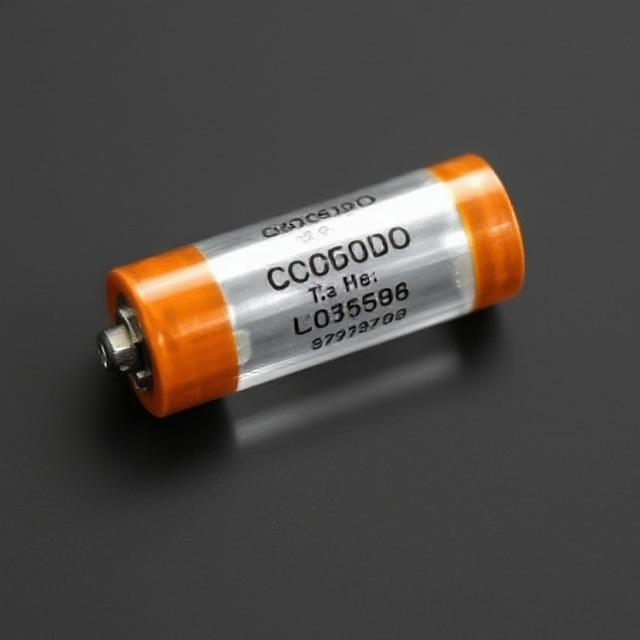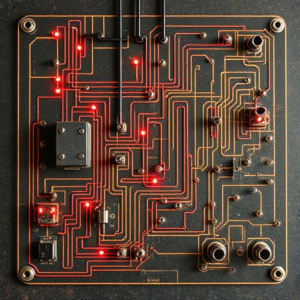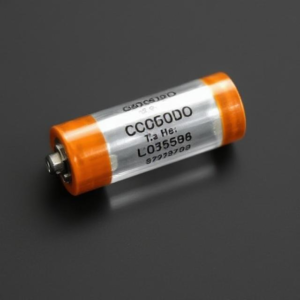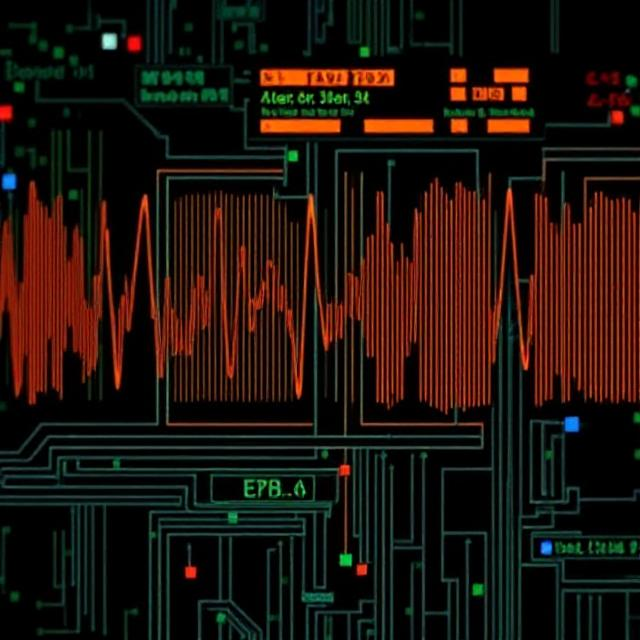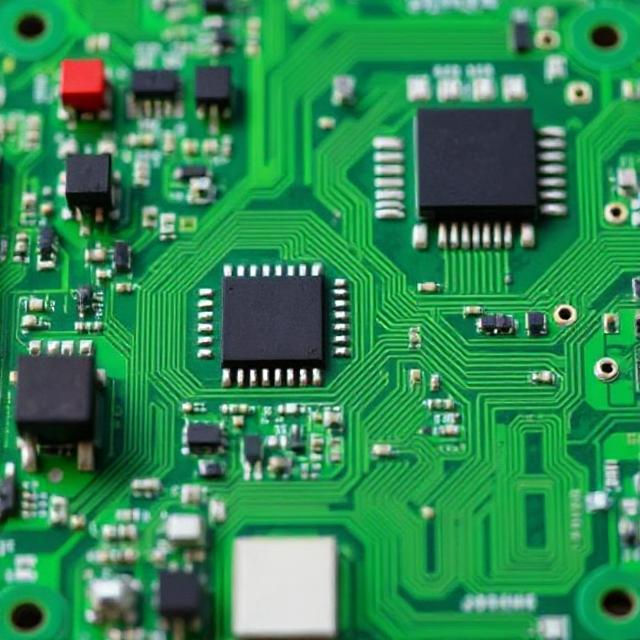Impedance is a fundamental concept in alternating current (AC) circuits, representing the total opposition a circuit offers to the flow of AC. While it shares similarities with resistance in direct current (DC) circuits, impedance also accounts for the effects of inductors and capacitors, making it a more complex quantity. Impedance is crucial for understanding how circuits behave in AC environments.
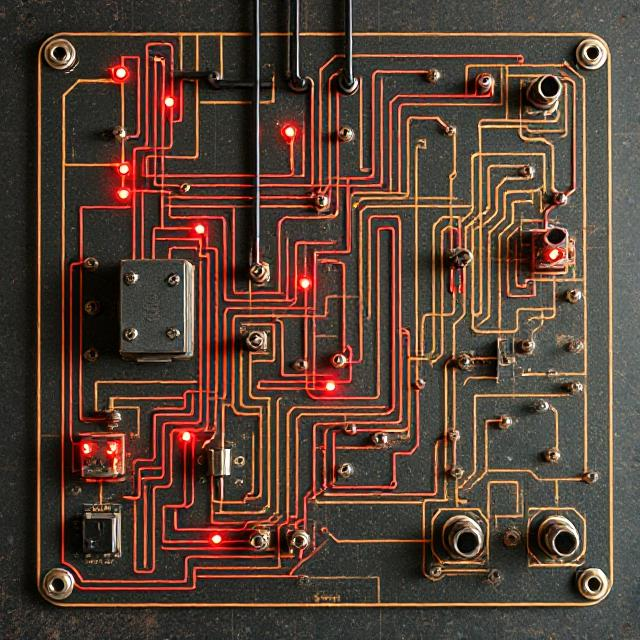
1. What is Impedance?
Impedance (denoted as Z) is the opposition that a circuit presents to the flow of alternating current (AC). It can be thought of as an extension of resistance, but while resistance only opposes the flow of current in DC circuits, impedance also incorporates the reactive effects of inductors and capacitors.
-
Symbol: 𝑍
-
Unit: Ohms (Ω)
-
Nature: Impedance is a complex quantity, with both real and imaginary components.
2. Impedance in Different Circuit Elements
The behavior of impedance varies depending on the type of component in the circuit. Let’s examine how it manifests in three fundamental elements: resistors, inductors, and capacitors.
(a) Resistor (R)
-
Effect on Current: A resistor opposes the flow of current but does not affect its phase.
-
Phase Relation: The voltage and current are in phase with each other.
-
Impedance: For a resistor, the impedance is purely real, given by:
(b) Inductor (L)
-
Effect on Current: An inductor opposes changes in current by generating a back electromotive force (EMF).
-
Phase Relation: The current lags the voltage by 90°.
-
Reactance: The reactance of an inductor is given by:
-
Impedance: The impedance of an inductor is purely imaginary, represented as:
(c) Capacitor (C)
-
Effect on Current: A capacitor stores energy in an electric field and releases it as the voltage varies.
-
Phase Relation: The current leads the voltage by 90°.
-
Reactance: The reactance of a capacitor is given by:
-
Impedance: The impedance of a capacitor is also imaginary, but with a negative sign:
3. Combining Impedances in RLC Circuits
When resistors, inductors, and capacitors are combined in a circuit, their impedances must be added (in series) or combined using specific formulas (in parallel).
(a) Series RLC Circuit
In a series RLC circuit, the total impedance is the sum of the individual impedances:
-
Magnitude of Impedance: The magnitude of the total impedance is:
-
Phase Angle (θ): The phase angle is the arctangent of the reactance to resistance ratio:
(b) Parallel RLC Circuit
In a parallel RLC circuit, the total impedance is calculated using the formula:
This is more complex than the series case and is often solved using admittance.
4. Phasor Representation
Phasors are used to simplify the analysis of AC circuits by representing sinusoidal quantities as rotating vectors. Impedance is typically represented on the complex plane, where the real part corresponds to resistance (R) and the imaginary part corresponds to reactance (X_L – X_C).
5. Key Concepts: Impedance and Phase Shift
The impedance and phase shift for various circuit elements are summarized as follows:
| Element | Impedance (Z) | Phase Shift |
|---|---|---|
| Resistor | R | 0° |
| Inductor | jωL | Current lags by 90° |
| Capacitor | 1/jωC | Current leads by 90° |
6. Resonance in RLC Circuits
Resonance occurs in RLC circuits when the inductive reactance (X_L) equals the capacitive reactance (X_C). At this point:
-
The total reactance becomes zero, and the impedance of the circuit is minimized to just the resistance:
-
The circuit behaves like a pure resistor, and the current reaches its maximum.
Conclusion
Impedance plays a crucial role in determining how AC circuits behave, especially when inductors and capacitors are involved. Unlike DC circuits, where only resistance matters, AC circuits require consideration of both resistance and reactance. Mastery of impedance is essential in fields such as electronics, communications, and electrical engineering, as it helps explain and predict the behavior of circuits in dynamic conditions.

